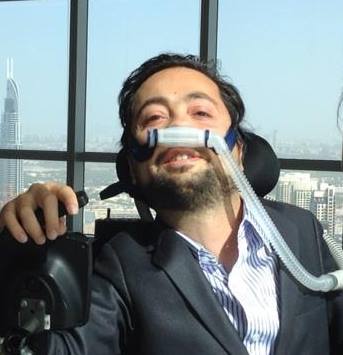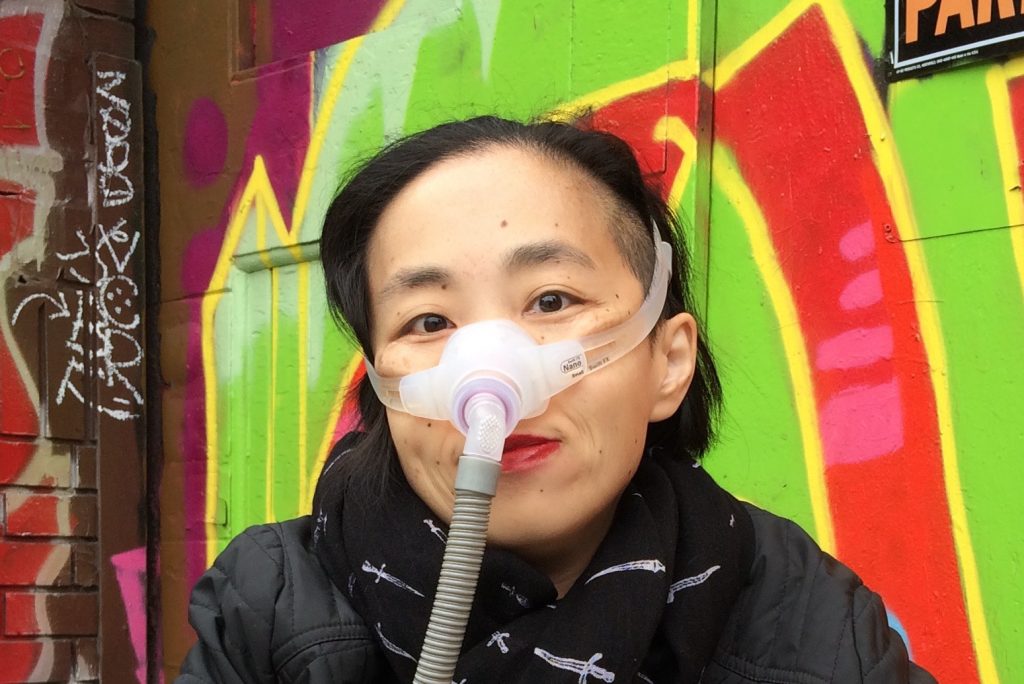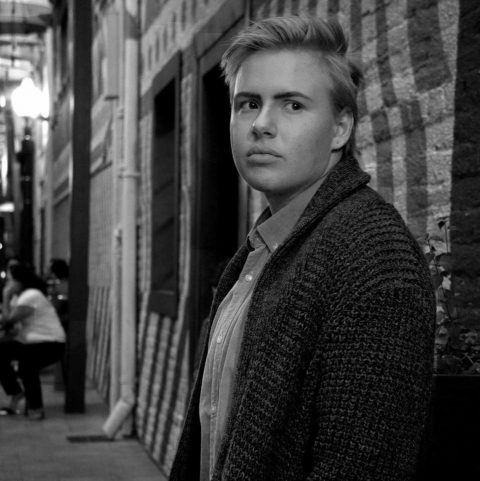Who is keeping Independent Living connected to what matters today?

Thanks to Ed Roberts’ work, Independent Living as we know it has evolved into a program, a movement, and a culture. We have chosen to highlight 5 disabled leaders who are shaping what Independent Living is today.
The Independent Living Movement is founded in the belief that people with disabilities, regardless of the form, have a common history and a shared struggle, that we are a community and a culture that will advance further banded together politically.
About Independent Living
National Council on Independent Living
Judith “Judy” Heumann
Ed Roberts asked Judy to move to California to work for the Center for Independent Living where she served as the deputy director from 1975 to 1982. She was an early adapter of the Independent Living Movement.
She was responsible for the implementation of legislation at the national level for programs in special education, disability research, vocational rehabilitation and independent living, serving more than 8 million youth and adults with disabilities.
Today, Judy continues to advance the human rights of disabled people around the world through her online presence, The Heumann Perspective. This new project is intended to broaden and spur discussions on the intersectionality of disability rights.
Learn more: https://rootedinrights.org/spotlight-on-disability-rights-advocate-judy-heumann/

Victor Santiago Pineda, PhD
Dr. Victor Pineda is a “serial social impact entrepreneur”, globally-recognized human rights expert, and leading scholar on inclusive and accessible smart cities. He is a two-time presidential appointee, and serves as the president and founder of Pineda Foundation / World ENABLED, and co-founder the film production company Windmills & Giants.
Dr. Pineda is highly sought after speaker and senior advisor to governments and fortune 500 companies on innovation, resilience and inclusive design. Dr. Pineda has a proven track record of conceptualizing and executing transformative projects with global companies around the world. He supported the drafting of local and national regulatory frameworks such as the Dubai Disability Strategy, and helped negotiate international agreements including the UN Sustainable Development Goals, the UN Habitat’s New Urban Agenda, and United Nations Convention on the Rights of Persons with Disabilities.
Learn more: https://www.respectability.org/2017/12/dr-victor-santiago-pineda-senior-advisor/
Alice Wong
Alice Wong is disability activist, media producer, and a consultant who proudly identifies as Asian American and disabled.
She is the founder and Project Coordinator of the Disability Visibility Project, a project collecting oral histories of people with disabilities in the United States that is being run in coordination with StoryCorps. The Disability Visibility Project was created on the 25th anniversary of the Americans with Disabilities Act of 1990. As of 2018, the project had collected approximately 140 oral histories.
Her online presence through Twitter chats have gained the attention of the entire country using #CripTheVote, a nonpartisan online movement encouraging the political participation of disabled people. She recently hosted a Twitter chats with Democratic Candidates Senator Elizabeth Warren and Mayor Pete Buttigieg and is showing no signs of stopping!
Learn more: https://disabilityvisibilityproject.com/about/

Leroy F. Moore, Jr.
Leroy F. Moore, Jr. is the founder of the Krip-Hop Nation project and co-founder of Sins Invalid. Blogger BillyJam said that he “personified Independent Living” as someone who writes, lectures, and performs about the intersections of race and disability issues both in the United States and abroad.
Leroy’s lecture series, “On the Outskirts: Race & Disability,” grew from his experiences with the black disability movement in London. Krip-Hop emerged from his interest in black musicians marginalized because of their disabilities.
“The mission of Krip-Hop Project is to get the musical talents of hip-hop artists with disabilities into the hands of media outlets, educators, hip-hop, disabled and race scholars, youth, hip-hop conference coordinators, and agents and to report the latest news about musicians with disabilities.”
Leroy F. Moore, Jr.
Currently Leroy serves as the Chair of the Black Disability Studies Committee for the National Black Disability Coalition. He co-authored a children’s book called Black Disabled Art History 101.
Learn more: https://www.deafpoetssociety.com/leroy-moore.

Joe Xavier
Just like Ed Roberts from 1976-1983, Joe Xavier is the Director of the Department of Rehabilitation (DOR).
“I started as a supervisor over our Business Enterprises Services Field Office. Followed by four years as an auditor, if not the only, one of the first blind Auditors in the State of California. Then, three years as a Section Chief of our Business Services Section. And, the last six-plus years in an Executive capacity with the Department including Independent Living, the Specialized Services Division, and today the Director of the Department.”
As Deputy Director, Joe had direct executive responsibility for Blind Field Services, the Orientation Center for the Blind, the Older Individuals who are Blind Program, the Deaf and Hard of Hearing Section, the Business Enterprises Program, the Independent Living Unit, the Assistive Technology Unit, the Disability Access Section, the Client Assistance Program, the Public Affairs Office and the Traumatic Brain Injury Program.
Learn more: http://www.allgov.com/usa/ca/news/appointments-and-resignations/director-of-the-department-of-rehabilitation-who-is-joe-xavier-140314?news=852677




